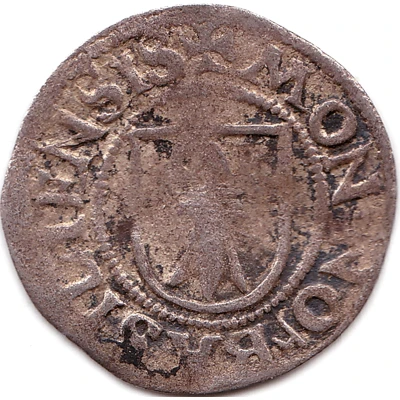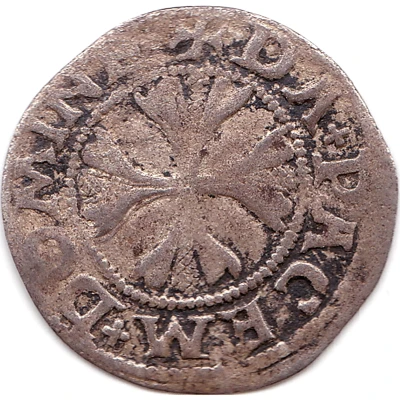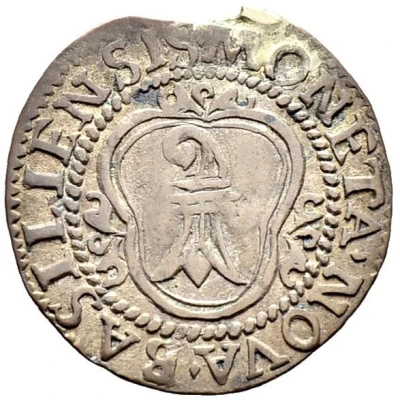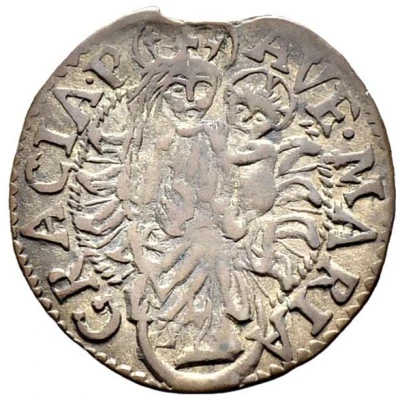


Vierer
1566 (1501-1600) years| Silver | 0.57 g | 17 mm |
| Issuer | City of Basel |
|---|---|
| Period | Free city |
| Type | Standard circulation coin |
| Year | 1566 (1501-1600) |
| Value | 1 Vierer = 4 Pfennig (1⁄120) |
| Currency | Guldenthaler (1564-1588, 1616) |
| Composition | Silver |
| Weight | 0.57 g |
| Diameter | 17 mm |
| Shape | Round |
| Demonetized | Yes |
| Updated | 2024-10-07 |
| Numista | N#90024 |
|---|---|
| Rarity index | 93% |
Reverse
Cross within beaded circle.
Script: Latin
Lettering: ✠ DA + PACEM + DOMINE
Comment
Varieties of this type:HMZ: 2-68a
Gothic lettering.
HMZ: 2-68b
Gothic and Roman lettering.
HMZ: 2-68c
Roman lettering.
Obverse legend: "✠ MONETA NO + BASILE"
Reverse legend: "✠ DA + PACEM + DOMINE"
• Example #1 (Fine-Very Fine):
© Image courtesy of Sincona AG
◦ Auctioned by SINCONA AG, Auction 53, 25 October 2018, Lot 6071. Sold for 2,400 CHF as part of a lot of two.
HMZ: 2-68d, 1566
Obverse legend: "✠ MONETA NO + BASILIEN"
Reverse legend: "✠ DA + PACEM + DOMINE"
The dated varieties of 1566 are described in Schweizer Münzblätter Dec. 2006, Issue 224, pp. 107/108. R. Kunzmann, Rare Swiss Small Coins IV. This Vierer was one of the first coins of the newly employed mint master Jakob Wohnlich from Lucerne, who used to cut the date in his dies. The comparison shows that the Lucerne Kreuzers have the same numbers 6 and letter style.
• Example #2 (Fine-Very Fine):
© Image courtesy of Sincona AG
◦ Auctioned by SINCONA AG, Auction 53, 25 October 2018, Lot 6071. Sold for 2,400 CHF as part of a lot of two.
Reverse lettering of "GLORIA..." and "SALVE..." are HMZ# 2-55 from the 15th century (see link below).
Interesting fact
One interesting fact about the Vierer 1566 coin from the City of Basel is that it features a unique design element - a small shield with the letters "S.B." (for "St. Basel") located above the crown on the obverse side of the coin. This shield was added to the coin's design to indicate that it was issued by the City of Basel, which was an independent state within the Holy Roman Empire at the time. This small detail provides a fascinating glimpse into the history and politics of the region during the 16th century.

